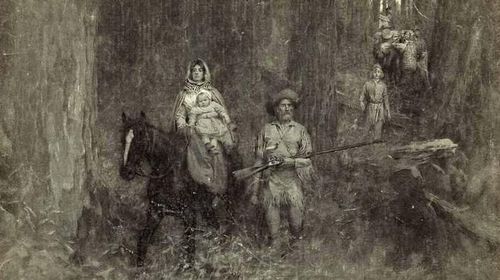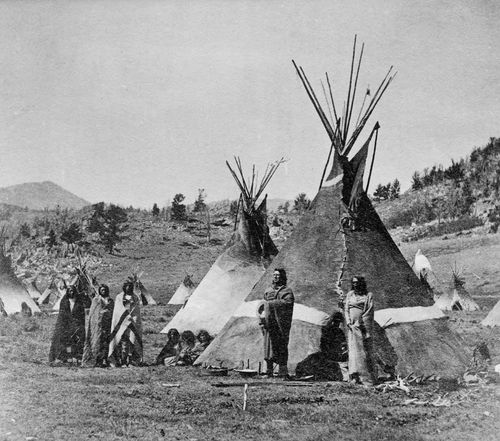Trails, Roads, Highways, and the Impact of the Automobile:
The Known Trails of the Ancient Past Go Back Hundreds of Years:
The first trails followed the paths of migrating Indians, hunters, trappers, and those rare individuals who wanted to see what was beyond the next horizon.
The picture on the right would have been a path considered easy to follow and well developed! Note some of the older trails:
Old Spanish Trail 1598
Boston Pass 1670
Braddocks Road 1750
Old Indian Trail 1770
Lewis & Clarks Trail 1780
Montana Trail 1840's
Comments:
1. Many trails were used for decades than went unused for long periods of time. After several years the trails turned back to dust.
2. Some trails changed routes over the years but kept the old names.
3. Some trails crossed other treails at specific junctures.
4. Many trails were known only by tradition rather than destination.
Many ancient Indian trails became to foundation of modern roads:
Flat territory made the ideal route.
There were over 28 major trails going east, west, north, and south. Within those core routes there were hundreds of less significant trails which were partial routes or routes used over specific times. Many would close in the winter months. Although trails often times changed incrimentally over time, basic routes remained much the same.
The American Indian tribe was small, typically under 40 people. They traveled as food was prevelant. The vast majority of tribes were not planters but hunters. Tribes often followed bison or a water supply. As weather and food suplies were available, groups settled longer. As weather was an issue, they moved more often. Few groups could survive the long winters of the north.

